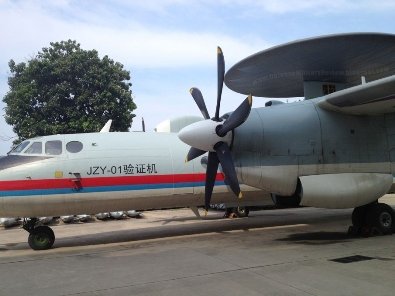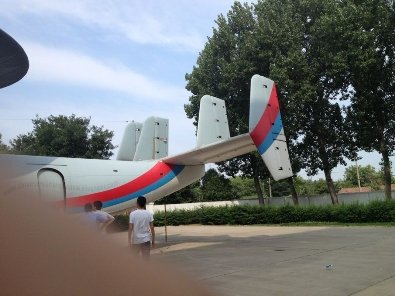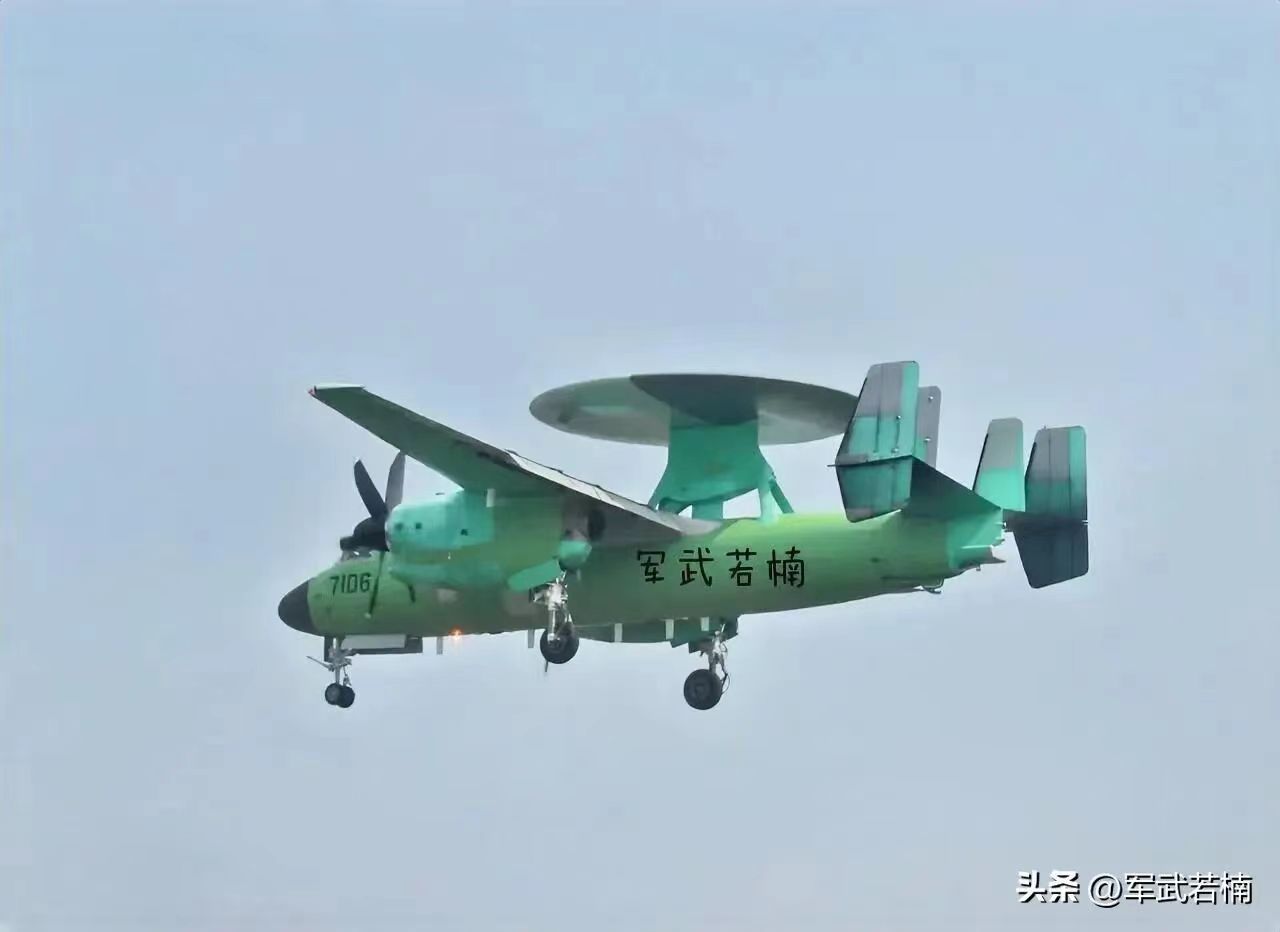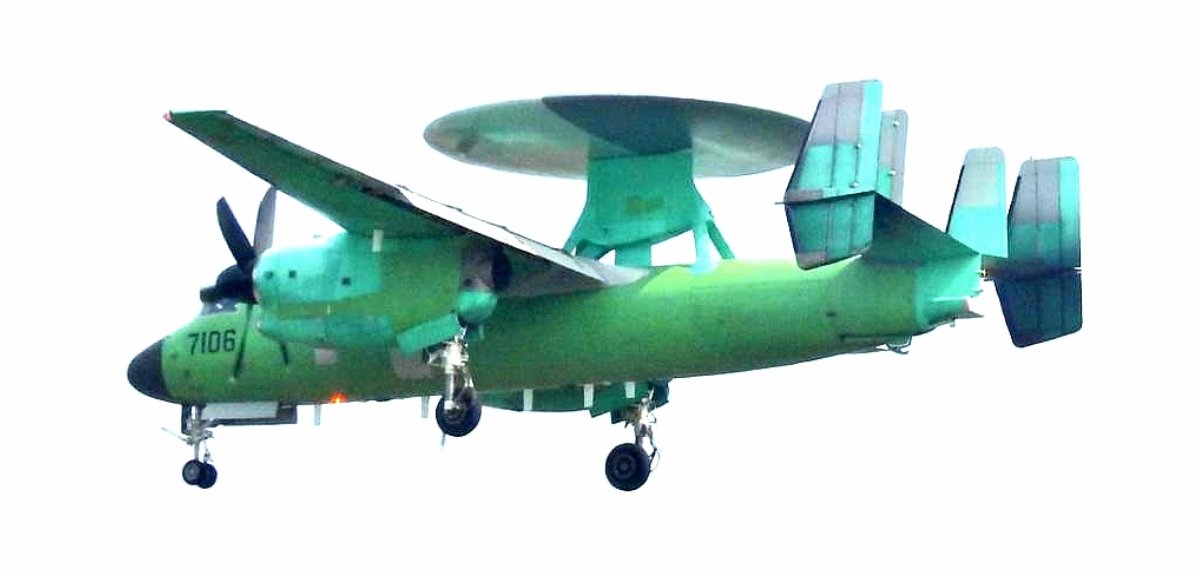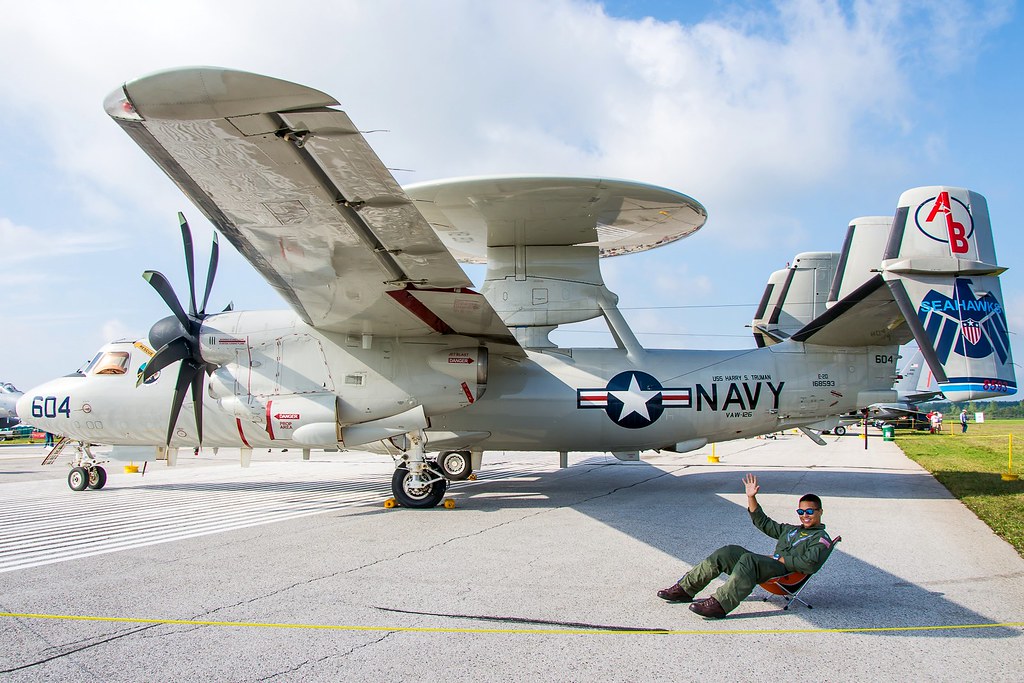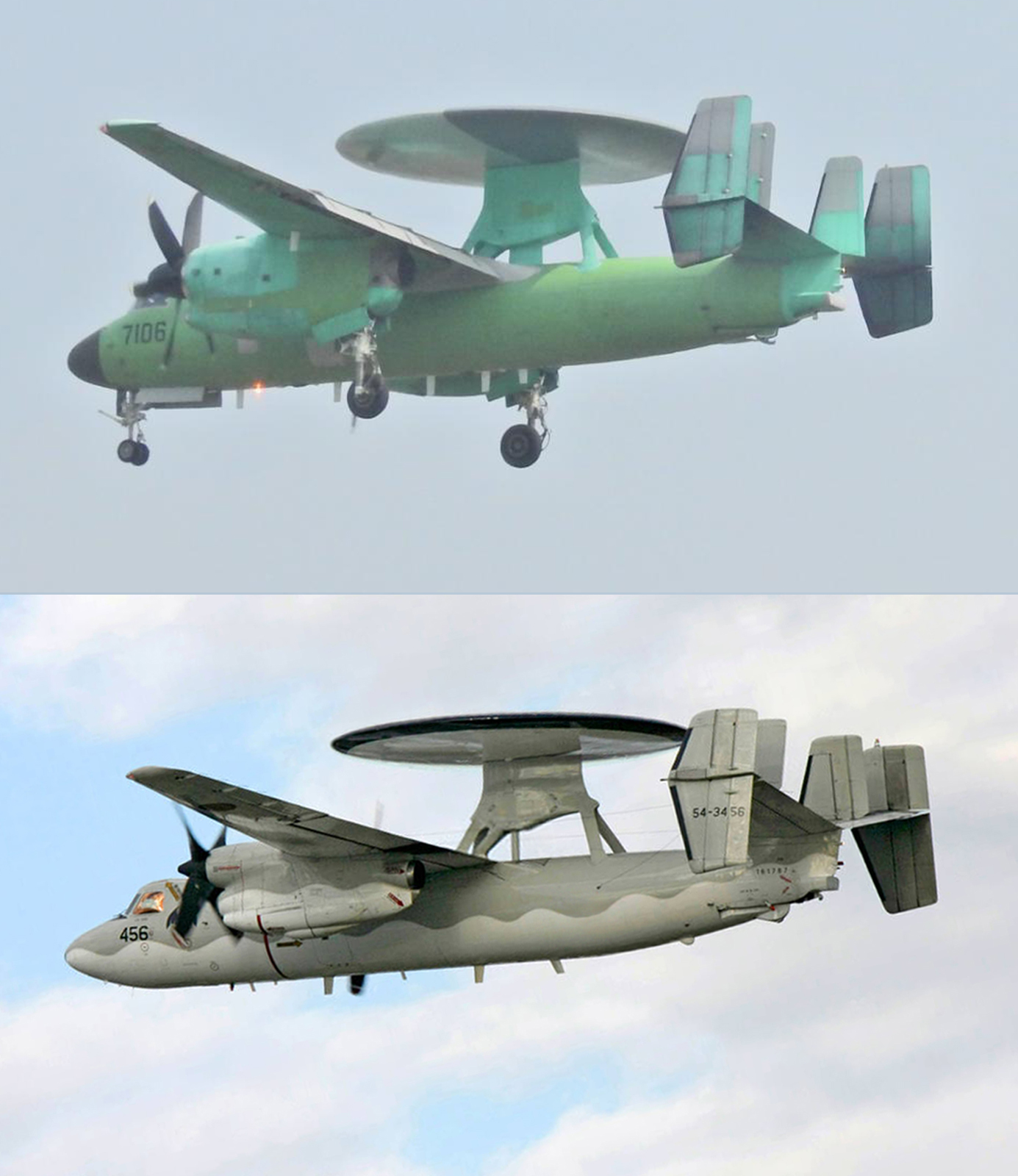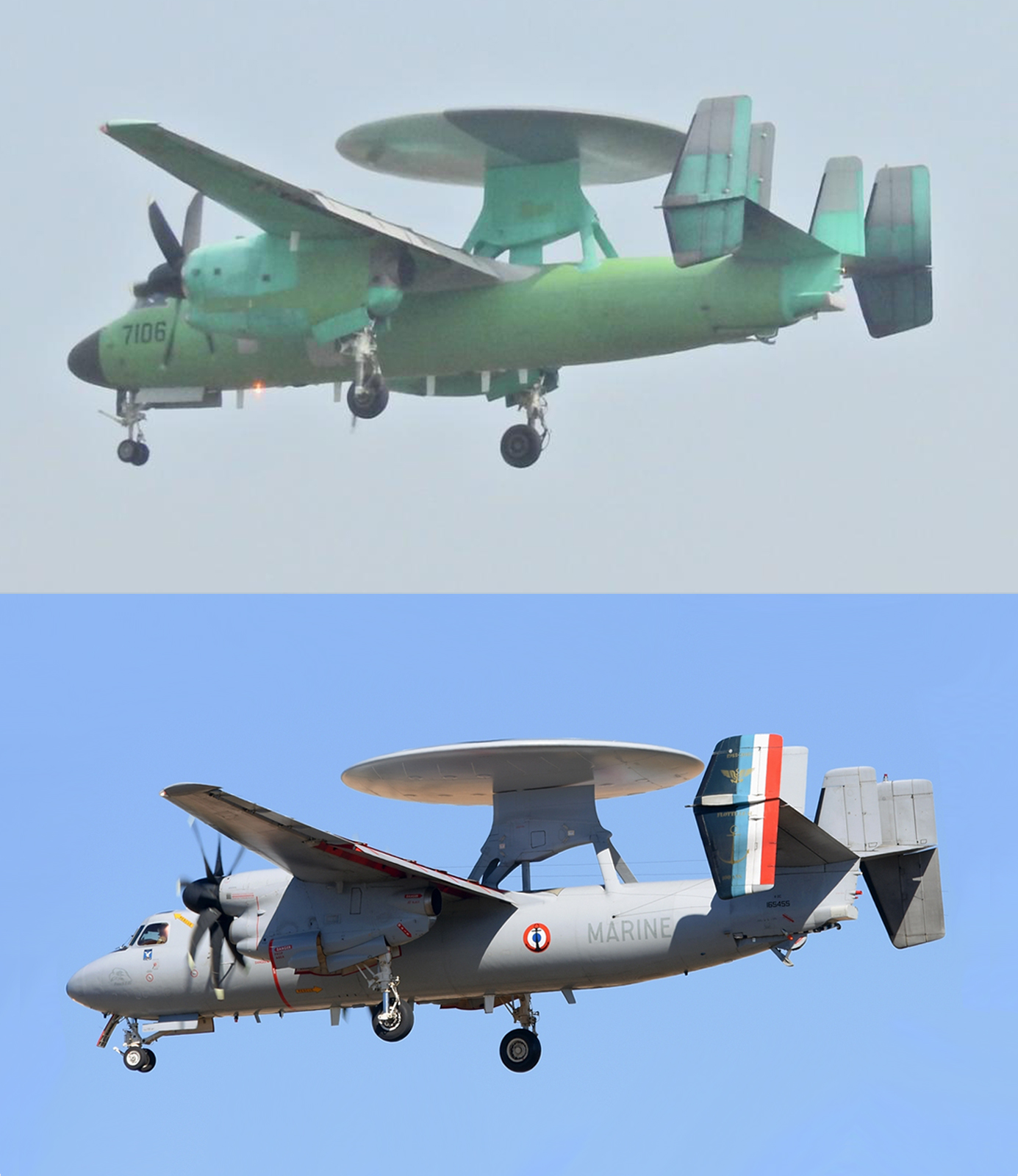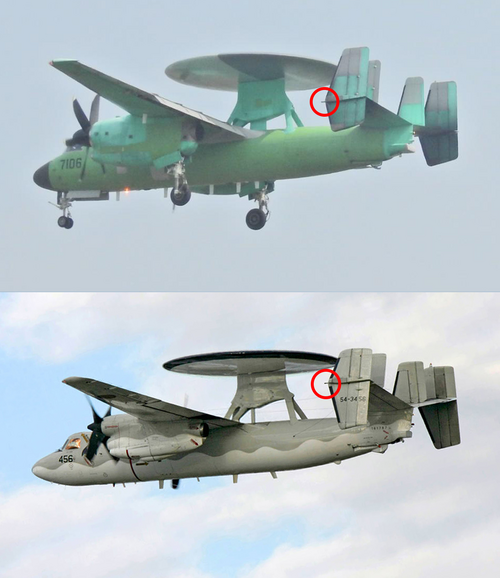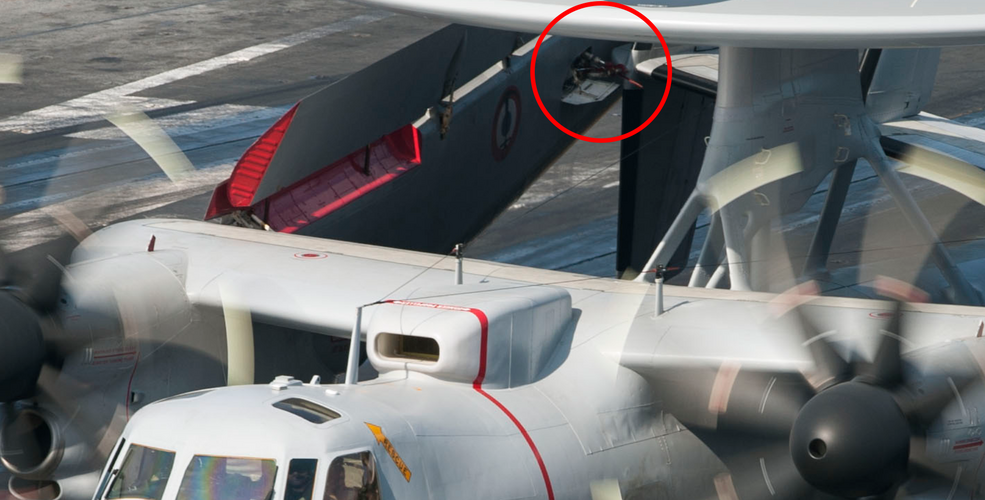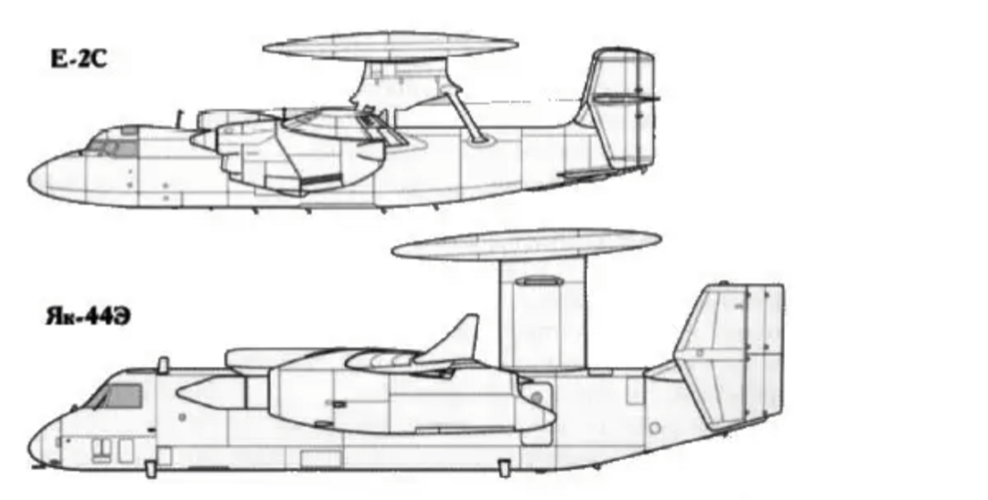Woody
Passionate about the advancement of technology
Hi guys,
You've probably already seen this but I'd be interested in your opinions and anymore information you may have (Deino?). It's not a particularly glamorous airframe but very interesting because of what it could represent.
http://www.flightglobal.com/news/articles/pictures-images-emerge-of-possible-chinese-carrier-borne-aewc-testbed-374858/
Cheers, Woody
(Moderators: if it's already been discussed please edit as you see fit)
You've probably already seen this but I'd be interested in your opinions and anymore information you may have (Deino?). It's not a particularly glamorous airframe but very interesting because of what it could represent.
http://www.flightglobal.com/news/articles/pictures-images-emerge-of-possible-chinese-carrier-borne-aewc-testbed-374858/
Cheers, Woody
(Moderators: if it's already been discussed please edit as you see fit)

